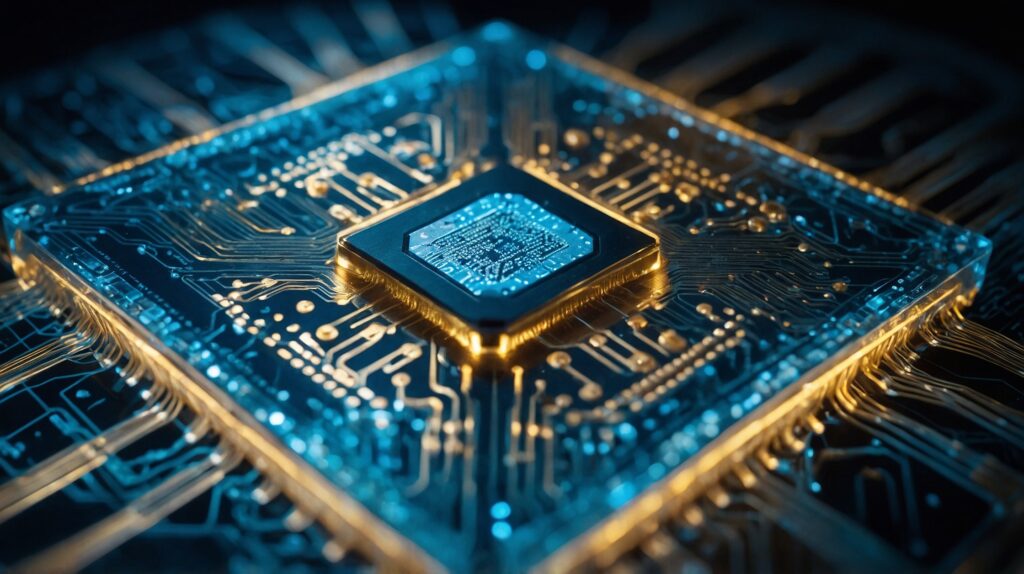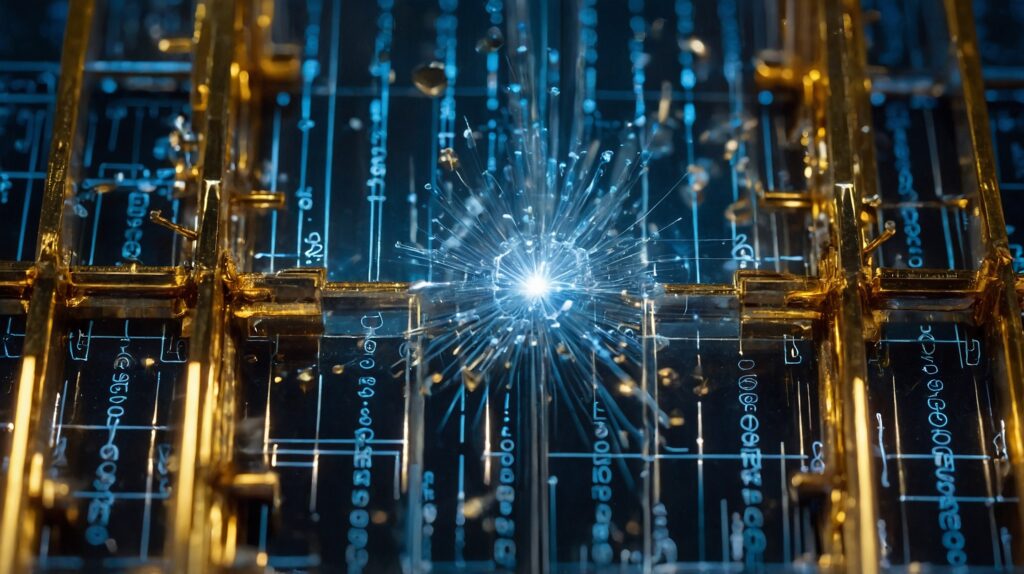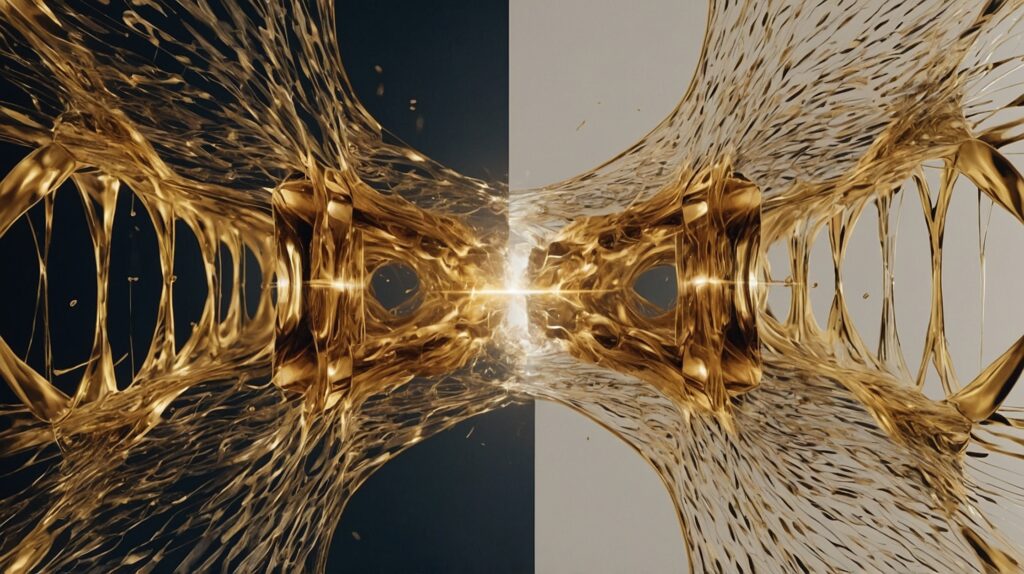
In the everevolving world of quantum computing a recent breakthrough has sent ripples of excitement through the scientific community. A team of physicists led by the brilliant Dr. Peng Wei from UC Riverside, has developed a novel superconductor material that could be the key to unlocking more stable and scalable quantum computers.
The Magic of Tellurium and Gold
At the heart of this innovation is an unlikely duo: trigonal tellurium and gold. By combining these elements the research team created a twodimensional interface superconductor that’s turning heads in the quantum world. But what makes this pairing so special?

The secret lies in the enhanced spin polarization at the interface. In layman’s terms this means the material could be used to create more stable qubits the building blocks of quantum computers. And stability is the name of the game when it comes to quantum computing.
Topological Superconductors: The Shape of Things to Come
If you’re scratching your head at the term “topological superconductor,” you’re not alone. It’s a mouthful but it’s also a gamechanger. These superconductors use the shape of electron states to carry and process quantum information. Think of it as nature’s way of protecting data and it could be the key to more robust quantum systems.
Battling the Quantum Enemy: Decoherence
One of the biggest hurdles in quantum computing is something called decoherence. It’s the quantum equivalent of static on a radio it messes up the signal and leads to errors. But here’s where this new material shines: it naturally suppresses these pesky decoherence sources.

By collaborating with scientists at NIST the team showed that their superconductor can be used to create highquality, lowloss microwave resonators. These are crucial components in quantum computing and the fact that they achieved this with materials ten times thinner than industry standard is nothing short of remarkable.
What Does This Mean for the Future?
While we’re not quite ready to replace our laptops with quantum computers this breakthrough brings us one step closer to that reality. The potential applications are mindboggling: from solving complex mathematical problems to simulating molecular structures for drug discovery.
Dr. Wei and his team have given us a tantalizing glimpse into the future of computing. As we stand on the brink of a new technological era, one thing is clear: the quantum revolution is just beginning.
So the next time you hear about quantum computing remember the unlikely heroes of this story tellurium and gold. They might just be the dynamic duo that changes the face of technology as we know it.
